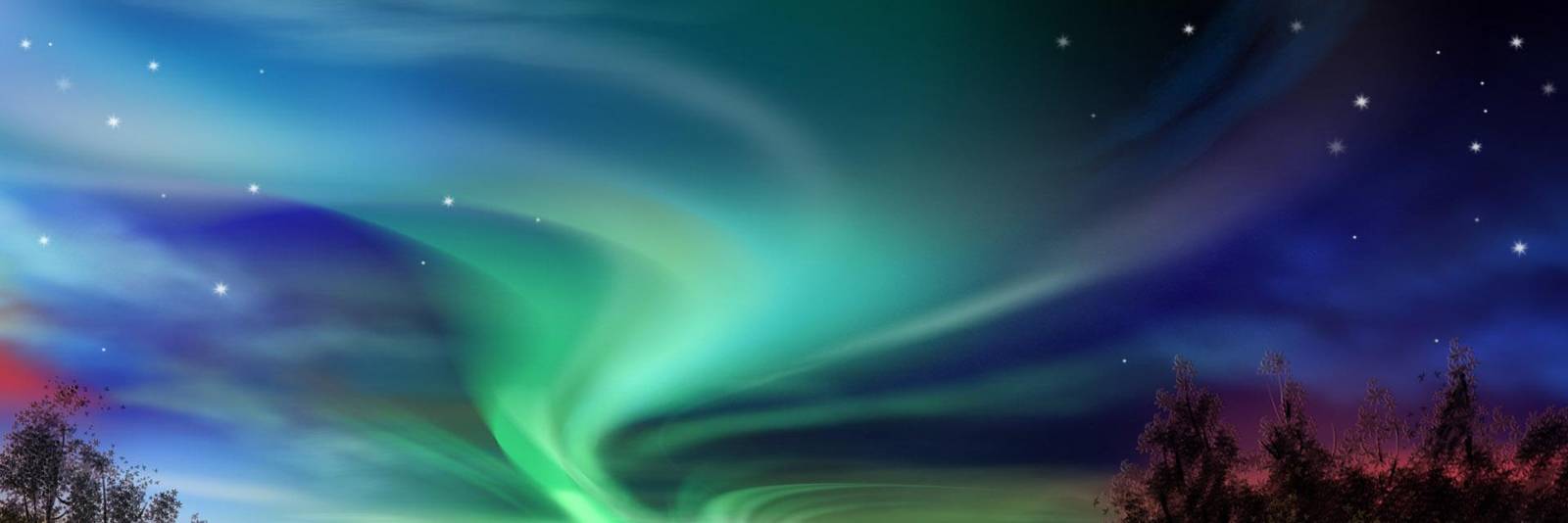Hear the Planets’ Beautiful Lament
An auditory rarity, this music arises from the interaction between Saturn and one of its moons.
In September 2017, the Cassini spacecraft caught fire upon reaching Saturn’s atmosphere. Two weeks earlier, the NASA spacecraft had gathered a wealth of information about the Solar System’s sixth planet. This included towering images of the giant planet, its rings, and its moons. What’s more, Cassini recorded a good amount of audio information, including the mysterious sounds that arise from the interaction between the enormous body and one of its moons, Enceladus.
Enceladus is encrusted with a layer of ice and releases water vapor which interacts with Saturn’s magnetic field. An instrument inside of Cassini recorded the plasma waves which result from that interaction –from the oscillations of the particles and fields between the two bodies. Back on Earth, physicists had a job translating those waves into sound that can be perceived by the human ear. They compressed one recording of 16 minutes into 28.5 seconds and then reduced the wave frequencies.
“Enceladus is this little generator going around Saturn, and we know it is a continuous source of energy. Now we find that Saturn responds by launching signals in the form of plasma waves, through the circuit of magnetic field lines connecting it to Enceladus hundreds of thousands of miles away,” explained Ali Sulaiman, a researcher at the University of Iowa.
In the Europe of the Renaissance there was talk of Musica Universalis or the “Music of the Spheres.” It was a philosophical and religious concept which spoke of the proportions of the movements of the celestial bodies. It was not a music to be listened to, but a reflection of the harmony within the universe, sound born of the perfection of the cosmos, and the work of the creator.
The magical sounds generated by Saturn and Enceladus –which may sound like mere currents of air– generate a strange sensation, capable of both fascinating and even disturbing. It’s a reminder of what’s happening all around us and which we sometimes forget; these relationships between the stars in our Solar System, our outer-space neighborhood.
Image: Public Domain
Related Articles
Pictorial spiritism (a woman's drawings guided by a spirit)
There are numerous examples in the history of self-taught artists which suggest an interrogation of that which we take for granted within the universe of art. Such was the case with figures like
Astounding fairytale illustrations from Japan
Fairy tales tribal stories— are more than childish tales. Such fictions, the characters of which inhabit our earliest memories, aren’t just literary works with an aesthetic and pleasant purpose. They
A cinematic poem and an ode to water: its rhythms, shapes and textures
Here lies One Whose Name was writ in Water. - John Keats Without water the equation of life, at least life as we know it, would be impossible. A growing hypothesis holds that water, including the
Watch beauty unfold through science in this "ode to a flower" (video)
The study of the microscopic is one of the richest, most aesthetic methods of understanding the world. Lucky is the scientist who, upon seeing something beautiful, is able to see all of the tiny
To invent those we love or to see them as they are? Love in two of the movies' favorite scenes
So much has been said already, of “love” that it’s difficult to add anything, much less something new. It’s possible, though, perhaps because even if you try to pass through the sieve of all our
This app allows you to find and preserve ancient typographies
Most people, even those who are far removed from the world of design, are familiar with some type of typography and its ability to transform any text, help out dyslexics or stretch an eight page paper
The secrets of the mind-body connection
For decades medical research has recognized the existence of the placebo effect — in which the assumption that a medication will help produces actual physical improvements. In addition to this, a
The sea as infinite laboratory
Much of our thinking on the shape of the world and the universe derives from the way scientists and artists have approached these topics over time. Our fascination with the mysteries of the
Sharing and collaborating - natural movements of the creative being
We might sometimes think that artistic or creative activity is, in essence, individualistic. The Genesis of Judeo-Christian tradition portrays a God whose decision to create the world is as vehement
John Malkovich becomes David Lynch (and other characters)
John Malkovich and David Lynch are, respectively, the actor and film director who’ve implicitly or explicitly addressed the issues of identity and its porous barriers through numerous projects. Now










